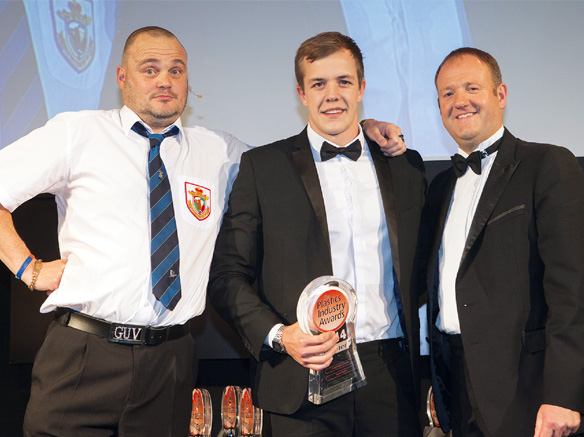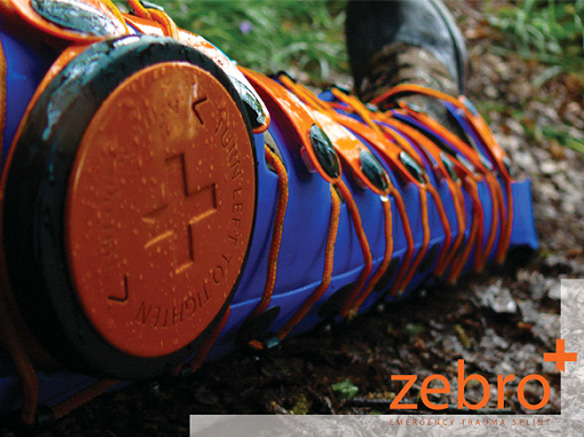The Plastics Industry Awards 2014
That time of year has come again for ‘The Plastics Industry Awards 2014’. Every year it recognises the best that the UK plastics industry has to offer with 17 categories ranging from ‘Processor of the Year’ to ‘Apprentice of the Year’. PDD is a previous winner of ‘Industrial Product Design of the Year’ award, but this year I was lucky enough to be invited along as a finalist.
This year’s event was held at the London Hilton Park Lane with 800 guests attending. The evening began with a champagne reception and meal which gave everyone the opportunity to speak with fellow finalists and individuals from across the industry.
The awards themselves were presented by comedian Al Murray (aka The Pub Landlord) who despite admitting to knowing next to nothing about the industry or the awards performed a hilarious table by table interview with few escaping.
The evening went off without a hitch, even though the autocue decided to turn off midway through the opening speeches and I was honoured to receive the ‘Young Designer of the Year Award’. Click here to see the list of other winners from the evening.

Tom Hamilton holding his award. Image credit: Plastics Industry Awards
The project ‘Zebro’ that I won the award for was part of my final year project while at Loughborough University studying Industrial Design.

Featured image and above image credit: Tom Hamilton
Zebro is an emergency trauma splint. It is fast and effective at immobilising any leg injury, aiding in getting that person to safety. It incorporates new technology and materials not exploited in this field before.
The product works by wrapping the Polypropylene plastic shell around the casualty’s leg, forming a high strength cylinder that surrounds and immobilises the injury. The shell is then held in place by an innovative system that consists of Dyneema cable that is tightened through the ratchet dials, one on each half of the splint. The dial is a two part, lightweight mechanism that has a tightening and release function enabled by a two stage snap fit design. The straps interlock as they pass over the leg ensuring that they stay inline and maintain an even tension along the length of the leg, individual straps can be unclipped to relieve tension on certain areas if needed.
The top half of the splint and the bottom half of the splint can be used separately for more localised injuries or both halves can be used in conjunction to splint the whole leg. The whole product is radio-transparent and therefore can be left on the patient whilst they are having a CT or MRI scan, therefore reducing the risk of unnecessary injury if the leg is un-splinted too early.
As the product can unroll and lay flat it can be clipped onto the outside or underneath the straps of the rescuers backpack using the back strap. The product weighs less than 1kg making it the lightest re-useable splint on the market. These features ensure the splint is easy to transport to the casualty even if they are in a remote location.
For more images visit: www.thomas-hamilton.co.uk/zebro


